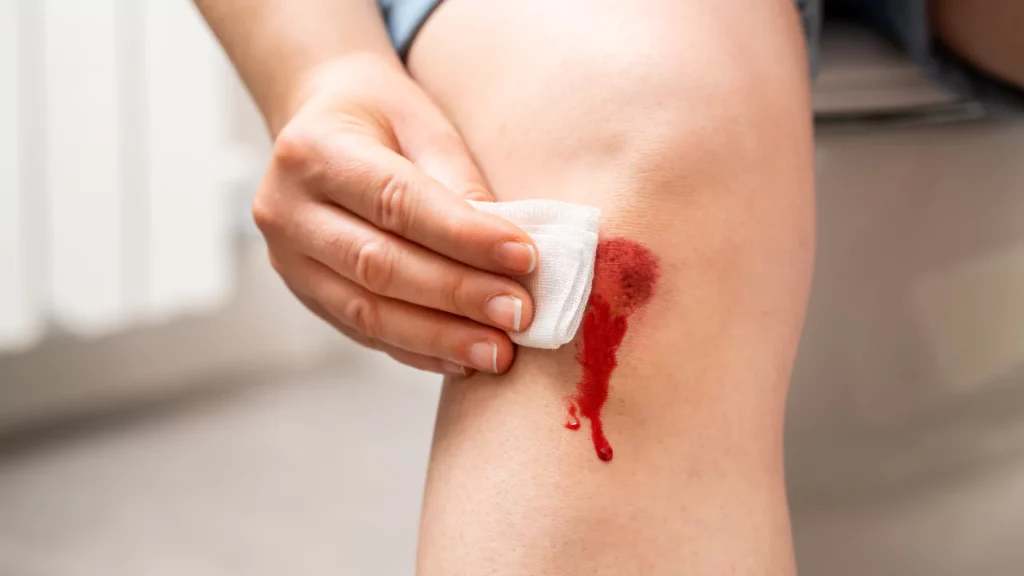When was the last time you thought about earlobes, except maybe when deciding on earrings? Probably not often, right? But here’s the thing: earlobes are another one of those cool genetic traits that can tell a story about what we inherit from our families.
We’ve created Earlobe Type Predictor that’s just as fun as our Baby Dimple Calculator or hair color predictor.
With our handy tool, you input the earlobe types of parents and grandparents, and voilà, you get a sneak peek into whether your future mini-me might have attached or detached earlobes.
Child’s Earlobe Type Probability Predictor
Select Earlobe Type for Parents and Grandparents (if known)
Try Other Genetic Calculators:
How This Earlobe Predictor Works
Our Earlobe Type Predictor dives into the genetic likelihood of your baby sporting either attached or detached earlobes.
It simplifies genetics into something you can have fun with, looking at how these traits tend to be passed down through families.
Attached vs. Detached
Earlobes can either hang free (detached) or be directly connected to the side of the head (attached). Most people never think twice about which type they have until now, right?
The Genetic Tale of Earlobes
The story of which type of earlobe you’ll pass on to your kids is a classic tale of genetics in action.
Generally, having detached earlobes is considered a dominant trait, meaning it’s more likely to show up if one or both parents have this type.
Attached earlobes, while more on the recessive side, can still make an appearance based on the genetic mix from both parents.
Just like with dimples, predicting earlobe types isn’t an exact science.
It’s all about the genetic lottery. If both parents have the same type of earlobe, predictions become a tad easier than when there’s a mix. And, just to keep things spicy, sometimes genetics decides to throw a curveball, and you end up with a little surprise.
Predicting Earlobes with Our Tool
By punching in what you know about the earlobes in your family, our predictor does its best to estimate your baby’s earlobe status. It’s a mix of science, and a bit of probabilities.
Just a Heads Up
Our Earlobe Predictor, while grounded in genetic principles, embraces the unpredictable nature of genetics with open arms.
FAQs
Can two parents with attached earlobes have a child with detached earlobes?
It’s less common but not out of the question. Hidden genetic variations can pop up in surprising ways!
How common are detached earlobes?
Detached earlobes are pretty common thanks to their dominant genetic nature. But attached earlobes have their own charm and are celebrated in many families and cultures.
Can a child’s earlobes change over time?
Not really. Unlike some traits that can evolve with age like dimples or blue eyes, your earlobes pretty much stay the way they are from the get-go.
How reliable is this earlobe type predictor?
Our predictor is a fun way to guess based on genetic chances. But remember, genetics loves to keep us on our toes, offering up surprises along the way.

Dr. Sumeet is a seasoned geneticist turned wellness educator and successful financial blogger. GenesWellness.com, leverages his rich academic background and passion for sharing knowledge online to demystify the role of genetics in wellness. His work is globally published and he is quoted on top health platforms like Medical News Today, Healthline, MDLinx, Verywell Mind, NCOA, and more. Using his unique mix of genetics expertise and digital fluency, Dr. Sumeet inspires readers toward healthier, more informed lifestyles.




